
Mastering Diamond Carat Weight: Your Comprehensive Guide
What is Diamond Carat Weight
The term “carat” is often misconstrued by many. It signifies a diamond’s weight, not its size. There’s a prevalent misconception that a higher carat weight is always superior to a lower one. While it’s true that a large diamond can denote status, carat weight has no bearing on the diamond’s sparkle. A diamond’s dazzling sparkle is a product of a well-executed cut. Surprisingly, a larger carat weight diamond with an inferior cut might seem smaller than a diamond of a smaller carat weight but an excellent cut.
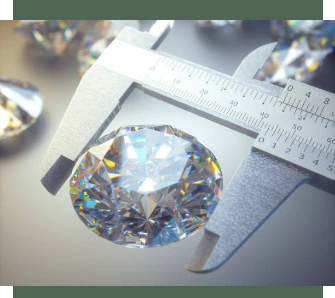
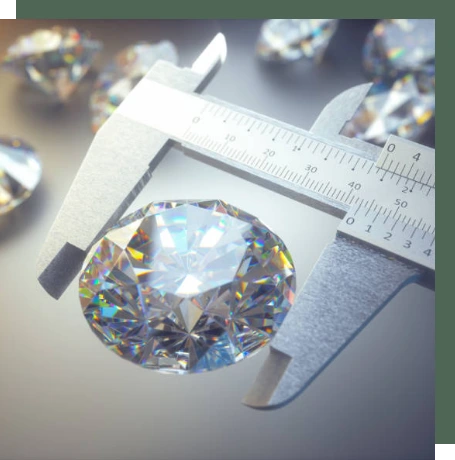
The term “carat” is often misconstrued by many. It signifies a diamond’s weight, not its size. There’s a prevalent misconception that a higher carat weight is always superior to a lower one. While it’s true that a large diamond can denote status, carat weight has no bearing on the diamond’s sparkle. A diamond’s dazzling sparkle is a product of a well-executed cut. Surprisingly, a larger carat weight diamond with an inferior cut might seem smaller than a diamond of a smaller carat weight but an excellent cut.
How Diamond Carat Affects Price
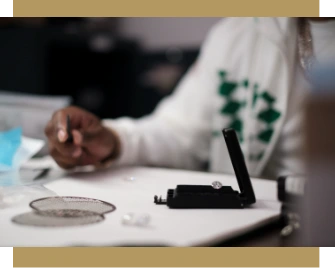
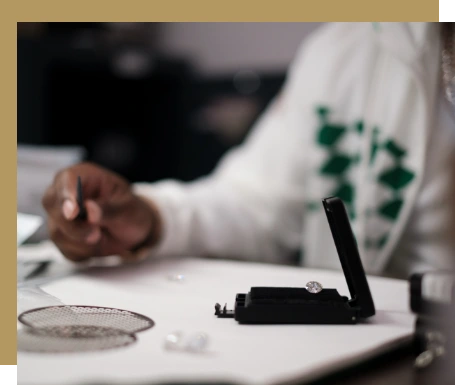
How Diamond Carat Affects Price
Diamonds of higher carat weights originate from larger rough crystals, which are more challenging to source than smaller ones. Hence, the correlation between carat weight and price depends on the availability or rarity of a rough crystal. Additionally, the carat price is influenced by the discovery of rough crystals with appealing color and attributes that favorably affect clarity when the diamond is cut.
A Brief History of Diamond Carat
The term “carat” has ancient roots, with a history of weighing precious metals and stones against the seeds of the carob tree, believed to be uniform in weight. It was not until 1907, at the Fourth General Conference on Weights and Measures, that one diamond carat was standardized as equivalent to 200 mg or 0.2 grams of a diamond. Furthermore, carats can also be measured in points, where a full carat equals 100 points.
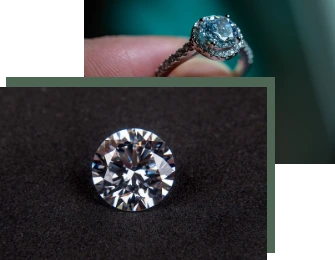
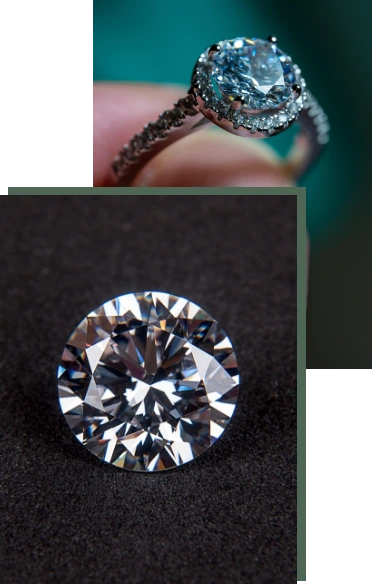
Four Must-Knows About Carat
- Save by 'Buying Shy': Opt for a diamond with a carat weight slightly less than whole and half-carat marks. For instance, choosing a 1.90 carat weight diamond over a 2.00 carat can save you substantial money, with the minor difference being nearly undetectable.
- Prioritize Cut: The cut significantly influences a diamond's sparkle. Even a high-carat diamond with exceptional color and clarity can seem lackluster and dull if the cut is substandard.
- Opt for Fancy Shapes: Fancy-shaped diamonds are generally less pricey per carat than equivalent round diamonds. Moreover, fancy shapes can appear larger than their actual carat weight, especially when set in a halo setting.
- Consider the Ring Size: The smaller the finger, the larger the diamond appears. A 1.50 carat diamond solitaire looks larger on a size 6 finger than it does on a size 8.
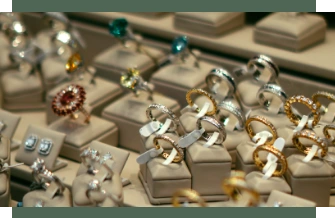
Carat and Its Influence on Price
The emphasis on carat weight as a measure of diamond quality has been greatly influenced by movies, mass media, and advertising. Carat weight has become synonymous with status and wealth. However, in the world of diamonds, bigger is not always better. It’s wiser to focus on achieving a balance among the 4Cs: cut, clarity, color, and carat, for a truly valuable purchase.
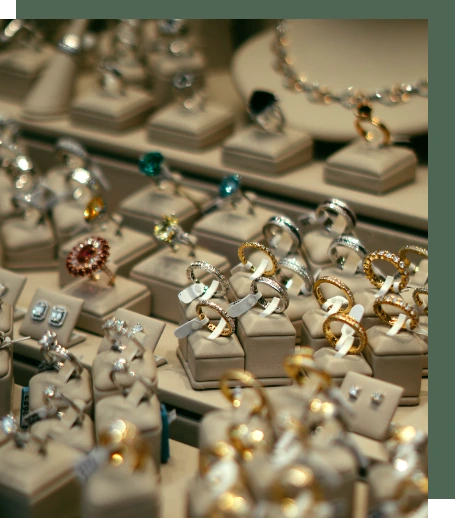
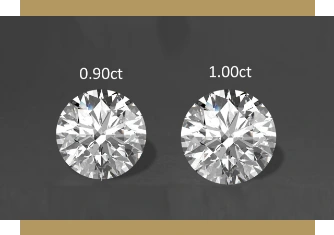
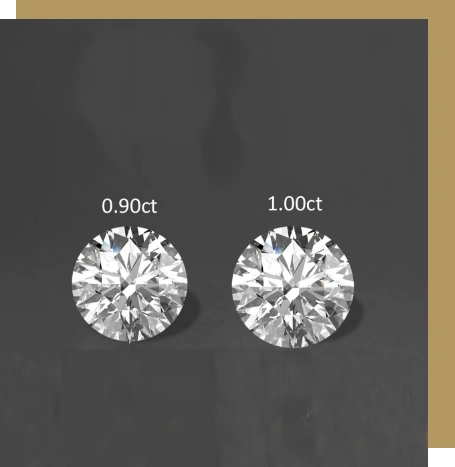
The Magic Numbers in Diamond Carats
In terms of diamond carat weight, certain values are known as “magic numbers,” at which prices can rise significantly. These magic numbers usually appear at 0.25ct intervals, e.g., 0.50ct, 0.75ct, 1ct, 1.25ct, 1.50ct, 1.75ct, 2ct, and so forth. Thus, a 0.97ct diamond will be considerably cheaper than a 1ct diamond, despite the negligible size difference. Price jumps are most pronounced at 1ct intervals, but other weights like 0.90ct can also see substantial price increases.
The Advantage of 'Near-Magic Number Diamonds'
Standard diamond carat weights increase at specific intervals, often known as ‘magic numbers.’ At these carat points, diamond prices can surge. Many diamond cutters aim to reach these weights, but if you select a diamond that falls just short of these magic numbers, you could find a great value for money. For instance, the size difference between a 0.97ct and a 1ct diamond is barely discernible, but the price difference is significant.
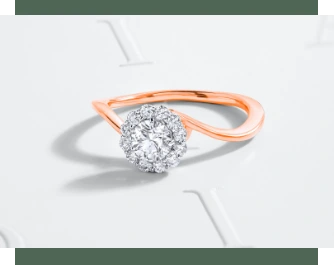
Understanding TCW in Diamonds
In addition to the carat weight of an individual gemstone, jewelers often refer to the ‘total carat weight’ or ‘tcw’. This represents the combined weight of all diamonds or other gemstones in a piece of jewelry. For instance, the total carat weight of a diamond halo engagement ring would include the central diamond and all surrounding diamonds.
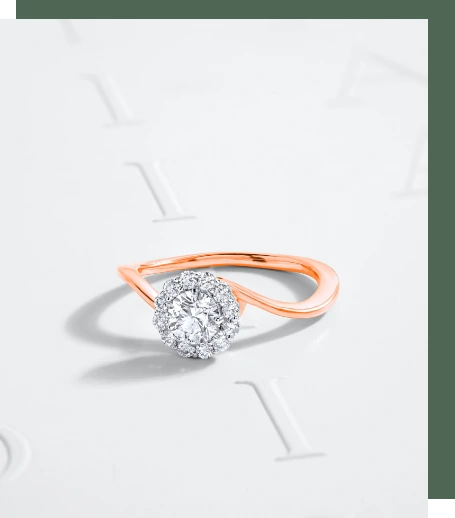
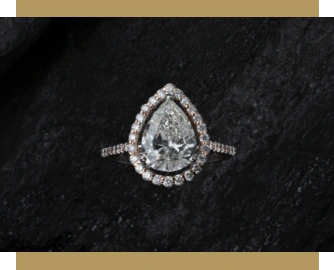
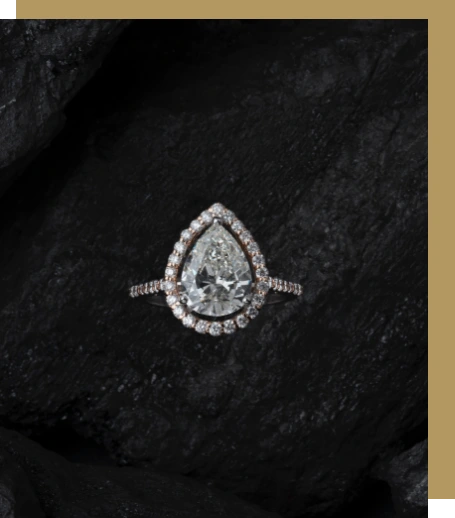
The Impact of Setting on Diamond Carat Weight
The setting of your engagement ring can accentuate your diamond’s carat weight and showcase its beauty. For instance, a halo setting, with its surrounding perimeter of hand-set pavé diamonds, enhances the ring’s total carat weight and draws attention to the central diamond, making it appear larger and more dazzling. Regardless of the carat weight and setting you choose for your ring, make sure it’s a piece you will love and cherish, as it reflects your unique style.